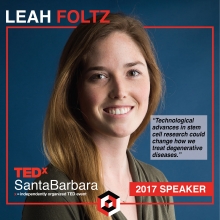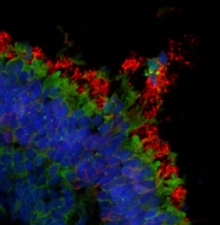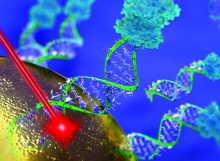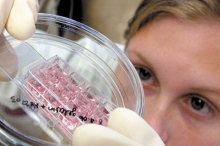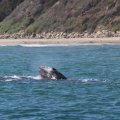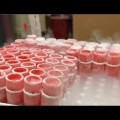This is the first story in a partnership between the Wellcome Trust and WikiTribune to publish evidence-based science reports which are open to editing and discussion from the WikiTribune community.
For eye specialist Francesca Cordeiro, eyes are a window onto people’s brains – a window that looks onto the prospect of stopping and even reversing blinding conditions.


